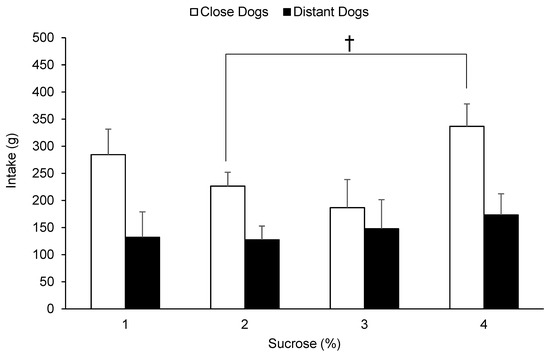The Role of Nutrition in Maintaining Well-Being and Health of Dogs and Cats
A topical collection in Animals (ISSN 2076-2615). This collection belongs to the section "Companion Animals".
Viewed by 155069Editor
Topical Collection Information
Dear Colleagues,
Globally, hundreds of millions of dogs and cats live in close contact with the families to which they have become true members. The social role that dogs and cats play is mainly linked to the emotional bond that is created between the animal and the owner.
Thanks to the improvement in the care that dogs and cats receive, their life expectancy has increased significantly in recent decades and consequently the incidence of problems typical of old age has also increased.
The role of nutrition is essential in maintaining a healthy condition in dogs and cats, especially if life expectancy tends to increase. Errors in the daily management of animal feeding can lead to deficiency syndromes and represent a predisposing factor to numerous pathological conditions. Conversely, a complete and balanced diet, possibly supplemented with specific functional ingredients, can improve the health of the animal and the functionality of organs and systems reducing the incidence of various diseases. Finally, there are numerous situations in which the adaptation of the diet to a specific pathological condition represents a fundamental point in the clinical management of the animal.
We invite you to send us original research papers concerning the effects—positive or negative—that nutrition can have on the well-being and health of dogs and cats. The topics can concern the nutritional management of healthy animals and that of animals suffering from pathology, as well as the nutritional and hygienic–sanitary quality of the feeds.
Dr. Giacomo Biagi
Collection Editor
Manuscript Submission Information
Manuscripts should be submitted online at www.mdpi.com by registering and logging in to this website. Once you are registered, click here to go to the submission form. Manuscripts can be submitted until the deadline. All submissions that pass pre-check are peer-reviewed. Accepted papers will be published continuously in the journal (as soon as accepted) and will be listed together on the collection website. Research articles, review articles as well as short communications are invited. For planned papers, a title and short abstract (about 100 words) can be sent to the Editorial Office for announcement on this website.
Submitted manuscripts should not have been published previously, nor be under consideration for publication elsewhere (except conference proceedings papers). All manuscripts are thoroughly refereed through a single-blind peer-review process. A guide for authors and other relevant information for submission of manuscripts is available on the Instructions for Authors page. Animals is an international peer-reviewed open access semimonthly journal published by MDPI.
Please visit the Instructions for Authors page before submitting a manuscript. The Article Processing Charge (APC) for publication in this open access journal is 2400 CHF (Swiss Francs). Submitted papers should be well formatted and use good English. Authors may use MDPI's English editing service prior to publication or during author revisions.
Keywords
- animal health
- animal well-being
- cat
- dietetics
- dog
- functional foods
- nutrition
- pet food
























